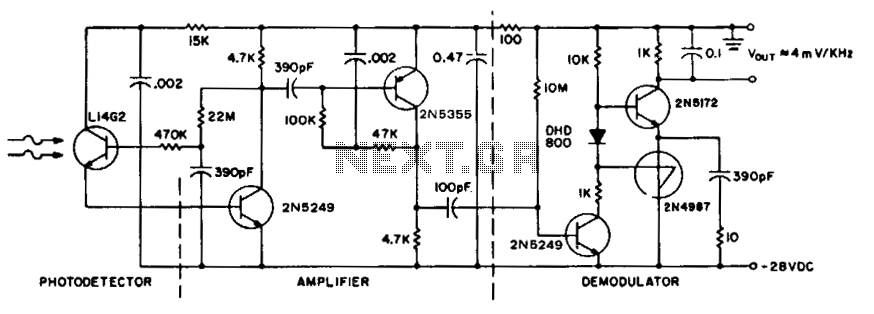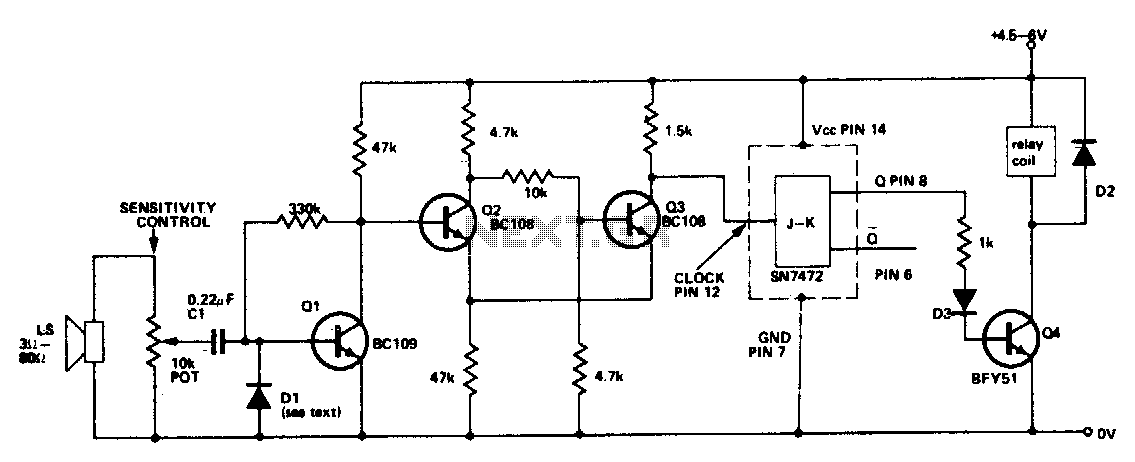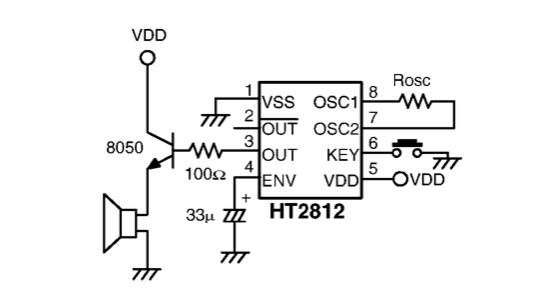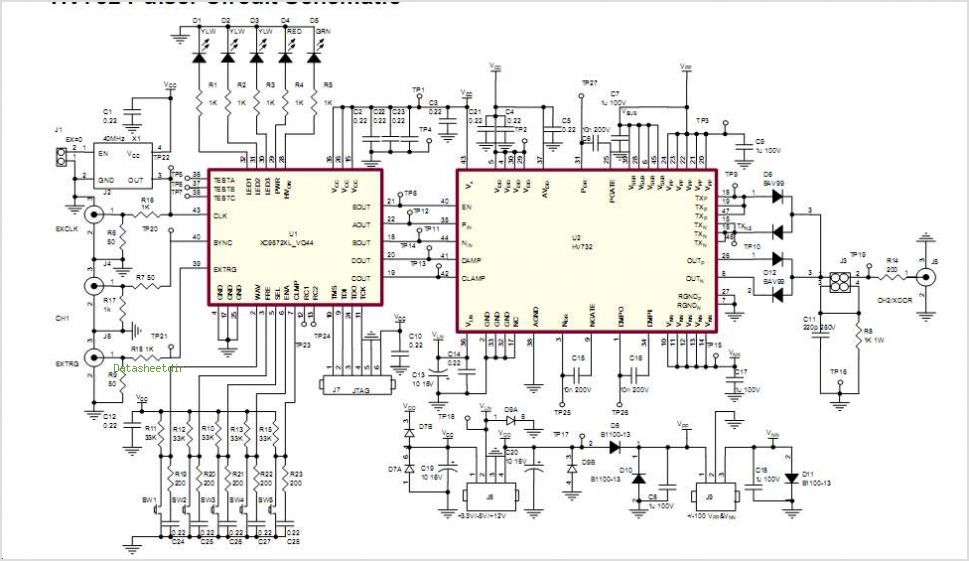
sound with coax is brighter than with optical

Adjusting the receiver settings in the Digital Audio menu revealed that the default setting was OPTICAL. After changing it to COAX, an improvement in sound quality was noticed.
In digital audio systems, the choice between optical (TOSLINK) and coaxial (S/PDIF) connections can significantly impact sound quality. Optical connections use light to transmit audio signals, which can minimize interference from electromagnetic sources, making them suitable for environments with high electronic noise. However, coaxial connections utilize electrical signals over a coaxial cable, which can sometimes deliver better performance in terms of bandwidth and lower latency.
The transition from optical to coaxial settings may involve adjusting the receiver's internal processing parameters. This could include changes in sampling rates, bit depth, or even the way the receiver handles signal jitter. The improvement in sound quality could stem from the coaxial connection's ability to maintain a more stable signal over longer distances compared to optical cables, which can be sensitive to bends and physical damage.
Additionally, it is essential to ensure that the coaxial cable used is of high quality and properly shielded to prevent signal degradation. The receiver's DAC (Digital-to-Analog Converter) may also perform better with coaxial inputs, as many DACs are optimized for specific types of digital inputs. The overall sound experience may be enhanced through better dynamic range, clarity, and detail in the audio output when using coaxial connections over optical ones.I was messing with the receiver settings , and in the Digital Audio menu , the default setting was OPTICAL .. i changed it to COAX and the sound is better and .. 🔗 External reference
In digital audio systems, the choice between optical (TOSLINK) and coaxial (S/PDIF) connections can significantly impact sound quality. Optical connections use light to transmit audio signals, which can minimize interference from electromagnetic sources, making them suitable for environments with high electronic noise. However, coaxial connections utilize electrical signals over a coaxial cable, which can sometimes deliver better performance in terms of bandwidth and lower latency.
The transition from optical to coaxial settings may involve adjusting the receiver's internal processing parameters. This could include changes in sampling rates, bit depth, or even the way the receiver handles signal jitter. The improvement in sound quality could stem from the coaxial connection's ability to maintain a more stable signal over longer distances compared to optical cables, which can be sensitive to bends and physical damage.
Additionally, it is essential to ensure that the coaxial cable used is of high quality and properly shielded to prevent signal degradation. The receiver's DAC (Digital-to-Analog Converter) may also perform better with coaxial inputs, as many DACs are optimized for specific types of digital inputs. The overall sound experience may be enhanced through better dynamic range, clarity, and detail in the audio output when using coaxial connections over optical ones.I was messing with the receiver settings , and in the Digital Audio menu , the default setting was OPTICAL .. i changed it to COAX and the sound is better and .. 🔗 External reference





